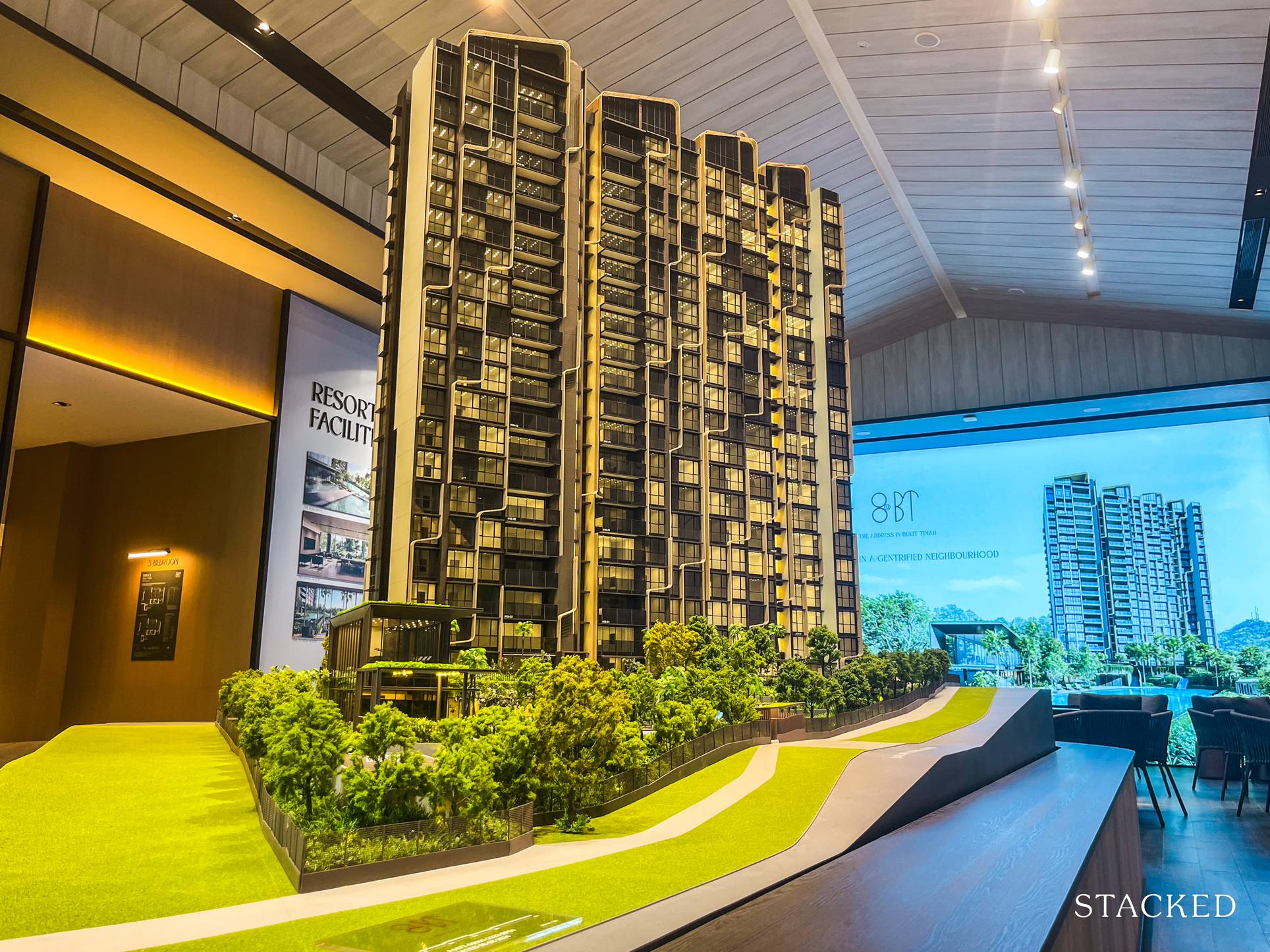“We Saved Money By Living Above An MRT” 5 Homeowners Share The Good And Bad About Integrated Developments
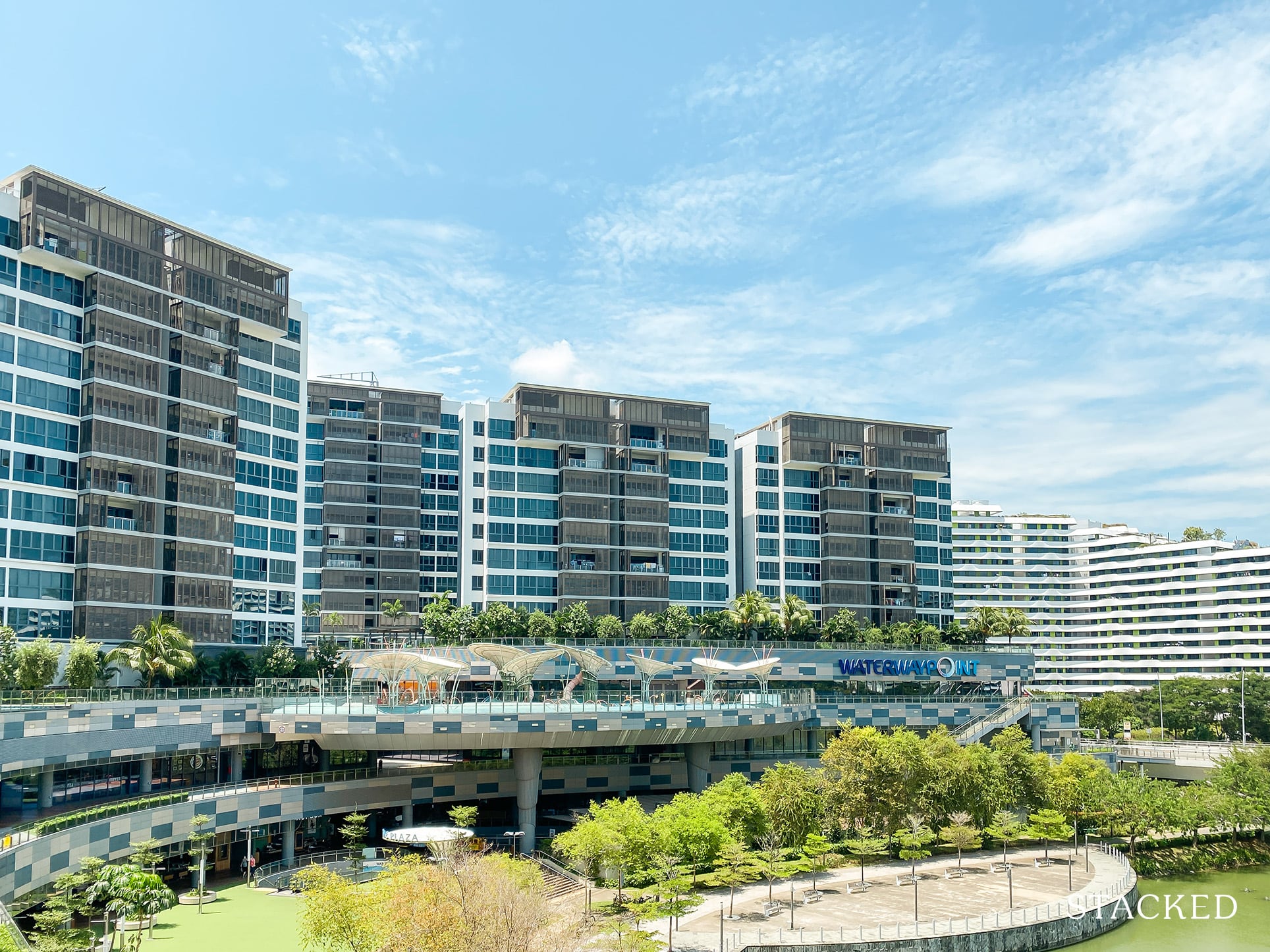
Get The Property Insights Serious Buyers Read First: Join 50,000+ readers who rely on our weekly breakdowns of Singapore’s property market.
A seasoned content strategist with over 17 years in the real estate and financial journalism sectors, Ryan has built a reputation for transforming complex industry jargon into accessible knowledge. With a track record of writing and editing for leading financial platforms and publications, Ryan's expertise has been recognised across various media outlets. His role as a former content editor for 99.co and a co-host for CNA 938's Open House programme underscores his commitment to providing valuable insights into the property market.
Integrated projects, like mega-developments, are currently an “in” thing in the Singapore property market. However, not everyone shares the same opinion: for every resident who loves having a 24-hour hot pot or NTUC right downstairs, there’s another who loathes the crowd or the sometimes complex layouts. To help you make a more informed decision, we spoke with property agents and residents about the most common complaints—and praises—regarding integrated projects:
1. It’s tougher for guests and delivery services to get to your residence
Most of the concerns we heard about involve the site layouts, and the way they confuse guests. An integrated project needs to divide the residents, the shoppers, the commuters, etc. while all of them are in the same building(s). This usually leads to a complex series of separate guest and resident lobbies, guest and resident lifts, and separate entry and exit points.
One resident of Park Place Residences (Paya Lebar Quarter) complained that her guests are usually lost, even with the help of the concierge. This was repeated by a property agent we talked to, who said: “Park Place Residences at PLQ has a confusing lift lobby and car park. As there are different lobbies for different blocks, it may be difficult for guests to navigate.”
Another resident, from Watertown (Waterway Point) said that guests have to use separate lift lobbies, with three different intercoms, to make their way up: the first at the initial registration point, another for entry onto a deck level, and then a third to finally get up the block. This can allegedly take up to 15 minutes at times, which frustrates delivery drivers and guests.
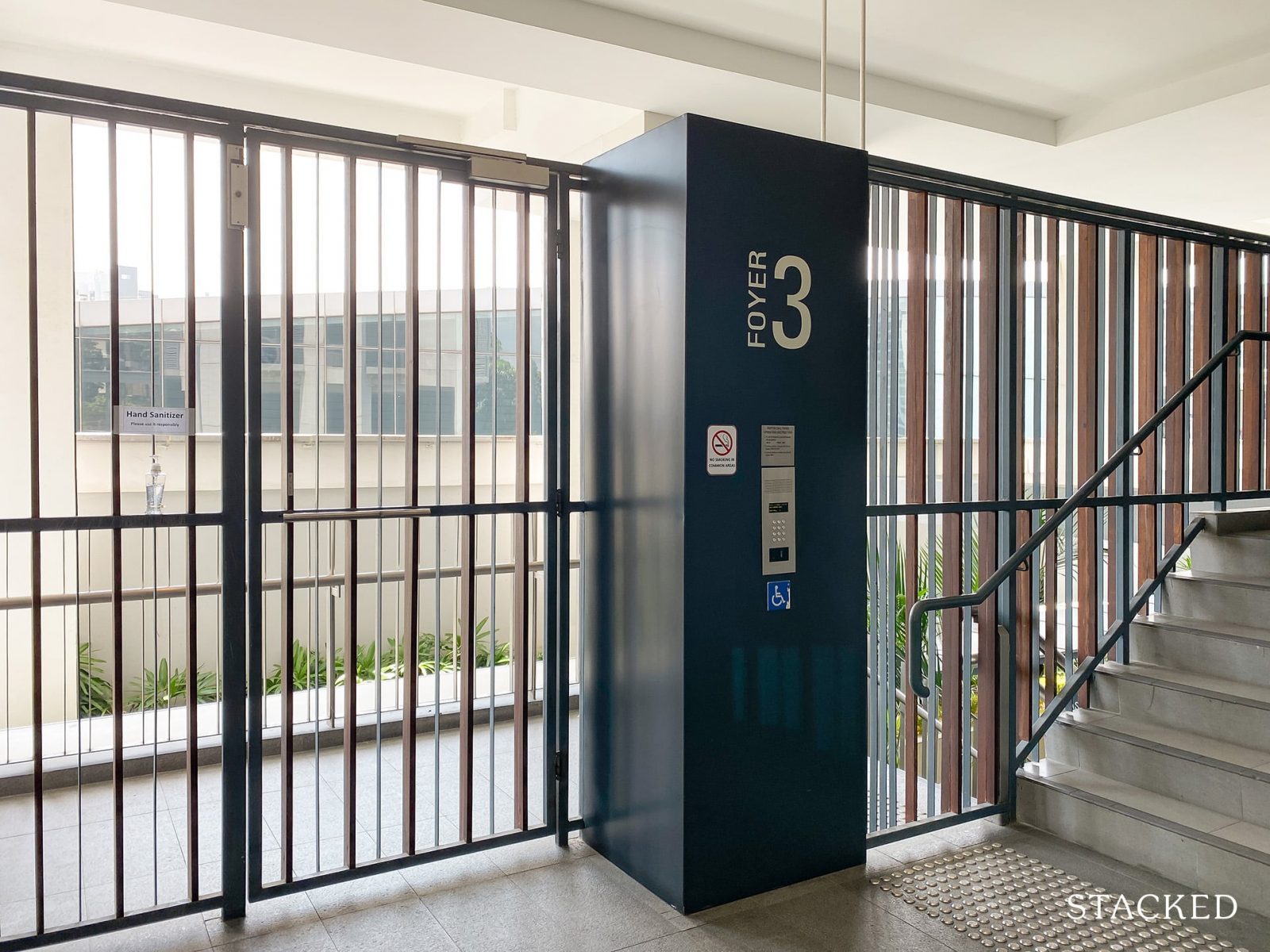
The Poiz Residences (The Poiz Centre) also came up, with one agent mentioning that the lift lobbies and car parks are especially confusing in this project: “It’s very hard to find the right lift lobby if you’re there for the first time, and to locate a right parking spot.”
As an aside some homebuyers are sensitive about lifts being shared with shoppers
This is just out of a desire to avoid long and crowded elevator rides, or problems when moving house and renovating. Most prefer a separate lift lobby from the shoppers, precisely for these reasons. However, this also creates the fragmented “hidden lobbies” that sometimes confuse guests.
Even so, lifts that are shared with shoppers and commuters tend to be disliked more.
2. The commercial tenant mix is a bit of a gamble
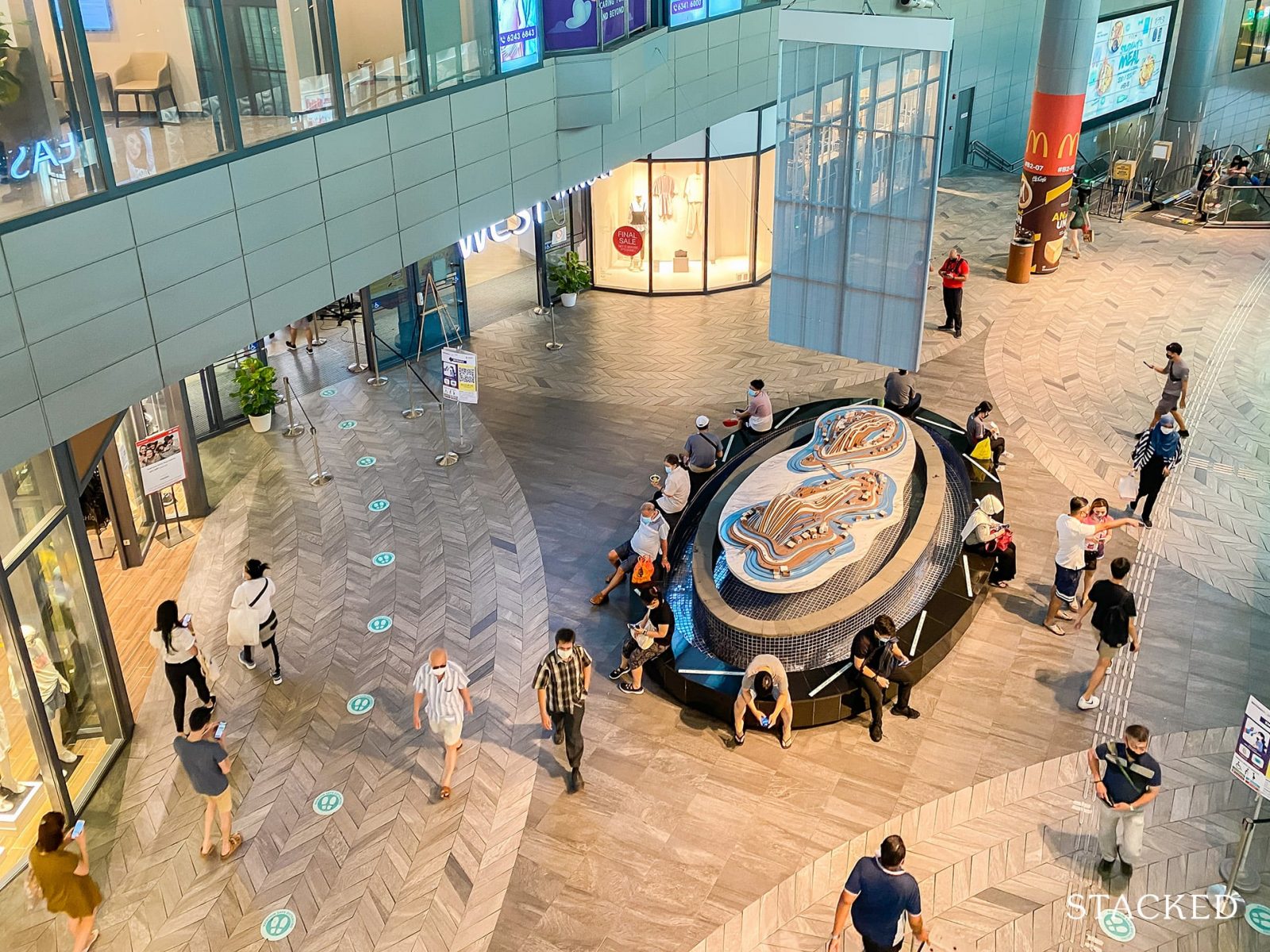
In projects where the tenant mix isn’t handled right, the outcome can be disastrous. One example of this was the long litigation issues that faced KAP Residences*; some promised tenants, such as a supermarket, never quite arrived. In the end, the residents had to take over redoing the commercial component by themselves; it was either that or be left with a potentially dead mall.
*While KAP Residences isn’t technically an integrated development, we use it as an example of how important the tenant mix is to the project, whether it’s mixed-use or integrated.
This can also be something buyers like, however, if the commercial component is well-handled. This is why projects like J’Den get a good response even at launch (it’s a CapitaLand project, which is an established mall developer too). But among established projects, The Poiz Residences has long stood out as a success story: it’s more or less become a hub of the area, because the curated tenant mix covered all the essentials like a supermarket and food court.
In this sense, a resale integrated development could be a better choice. You’ll at least get to walk around and see if the tenant mix works for you.
3. Not having to own a car
Some realtors said one of the key concerns, among buyers they met, is the ease of not having to own private transport. With an integrated development, everything you need is an elevator ride away; and even if you do need to go elsewhere, you know your project is connected to an MRT station.
More from Stacked
When My Gong Gong With Dementia Went Missing: Are Singapore’s Neighbourhoods Prepared For An Ageing Crisis?
Just the other day, I received a distressing call from my panic-stricken auntie asking for help.
One agent said that: “Ownership of a car in Singapore can be pretty absurd (referring to the cost- Ed.) so having the MRT right under you saves the need of having to buy one.” Interestingly, he noted that for some buyers, access to the MRT station was more important than even the commercial component (although even then, they would prefer a curated mix).
Ironically, you may not want to use the car even if you have one, should you stay in an integrated development. The Woodleigh Residences is a good example of what can go wrong here: when residents and shoppers had to share the same parking entrance, it caused major delays and congestion.
4. Family and friends tend to visit more often
One of our readers, who stays at Bedok Residences (Bedok Mall), says her children and friends swing by more often. She credits this to having a mall and MRT station downstairs, which grants added incentives to visit: “We have guests more often on the weekend, because they can come and do their shopping, and buzz us to come downstairs for coffee at the same time. It’s also on their way back and forth when they take the train, so they don’t feel they need to make a special effort to come out and meet us; it’s an along-the-way sort of thing.”
This also works both ways: one resident living at The Linq @ Beauty World says that, when the dinner spot is right downstairs, they’re less likely to skip out of gatherings: “Last time we used to hang out at Bugis for hot pot, now I’m too lazy to travel there and back. But I managed to maintain my connections because there’s hot pot right downstairs, so we can meet here instead – if it’s not below my house I won’t see their faces anymore, maybe.”
5. Concerns about en-bloc sales in the future
One of the homeowners we spoke to, who prefers not to disclose his property, says he agreed to buy an integrated project only because his spouse and children preferred it. From his own perspective, he fears that: “If you look at places like People’s Park, they have so many problems selling because the shop owners and residential owners don’t see eye-to-eye. The same thing happened at Peace Mansion.* A normal condo is easier to exit with an en-bloc.”
We should mention that not everyone considers People’s Park Complex or Peace Mansion to have been integrated, but merely mixed-use. Nonetheless, his point about the conflict between shop owners and residential unit owners may still stand.
Realtors, however, said that many of the headline integrated developments today, like DUO Residences, Park Place Residences, etc. are very new and there’s no established history of this. They also emphasised that comparing these to ageing mixed-use projects is like comparing apples to oranges.
*Peace Mansion is currently The Collective @ One Sophia
We find it interesting that, throughout our conversations, not many people mentioned noise and crowds despite these being common concerns for integrated developments.
The only mention of this was by a buyer to an agent, and it wasn’t specific to being an integrated project. The buyer was simply cautious about stacks in Park Place Residences facing Sims Avenue, as there would be issues with road noise (which the developer mitigated with industrial-grade, double-glazed windows and doors). Given the nature of integrated developments, some level of noise and foot traffic is to be expected, but it seems these factors may not be as significant a drawback as one might assume.
We’re interested in your opinions too, if you’ve lived or currently live in an integrated project; so do let us know your thoughts. In the meantime, follow us on Stacked for on-the-ground conversations and homeowner experiences.
If you’d like to get in touch for a more in-depth consultation, you can do so here.
Have a home story to share? Email us at stories@stackedhomes.com.
Ryan J. Ong
A seasoned content strategist with over 17 years in the real estate and financial journalism sectors, Ryan has built a reputation for transforming complex industry jargon into accessible knowledge. With a track record of writing and editing for leading financial platforms and publications, Ryan's expertise has been recognised across various media outlets. His role as a former content editor for 99.co and a co-host for CNA 938's Open House programme underscores his commitment to providing valuable insights into the property market.Read next from Homeowner Stories
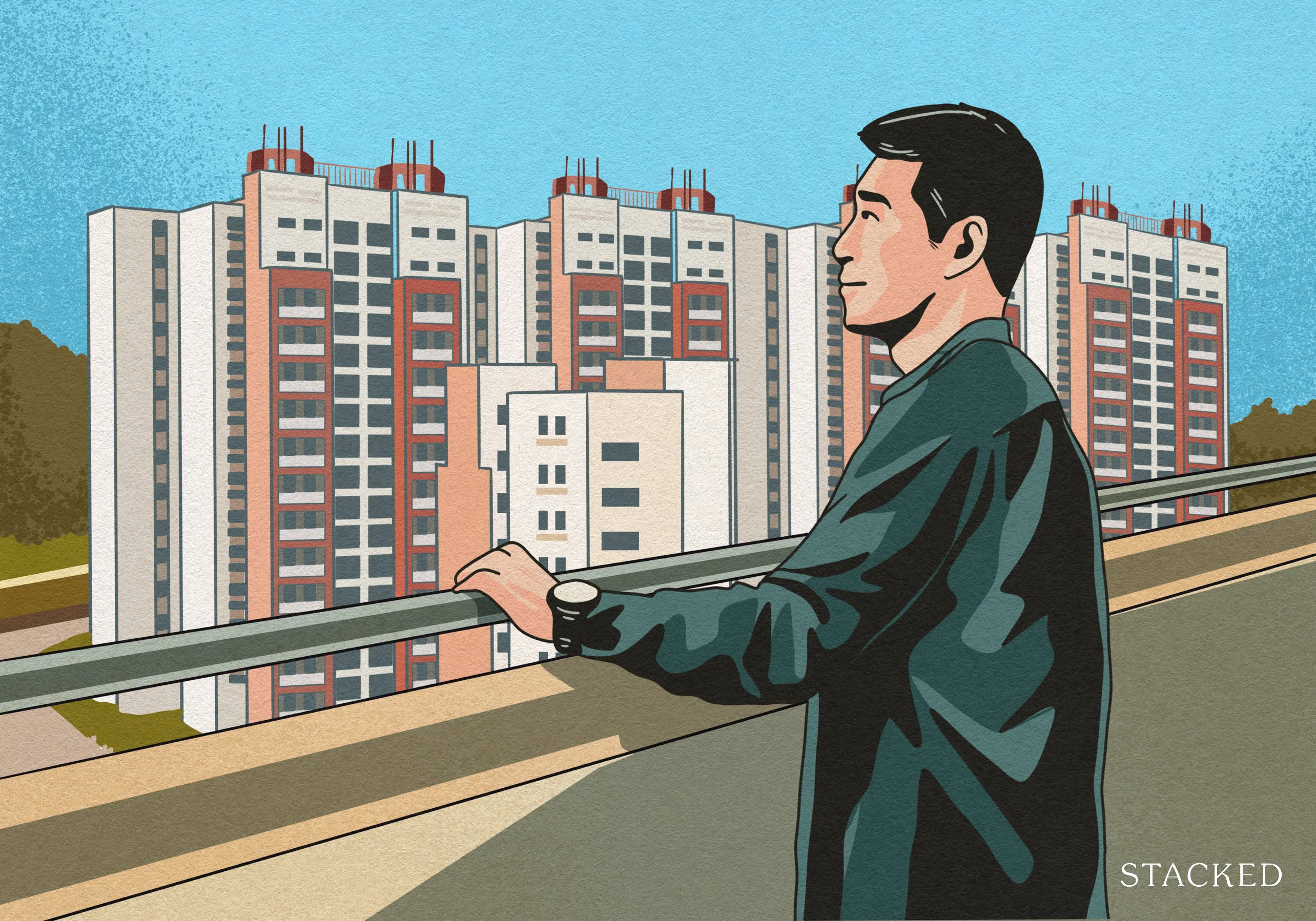
Homeowner Stories What I Only Learned After My First Year Of Homeownership In Singapore

Homeowner Stories I Gave My Parents My Condo and Moved Into Their HDB — Here’s Why It Made Sense.

Homeowner Stories “I Thought I Could Wait for a Better New Launch Condo” How One Buyer’s Fear Ended Up Costing Him $358K

Homeowner Stories How We Saved $300K And Got Our 4-Room Toa Payoh Flat in Just 7 Months
Latest Posts
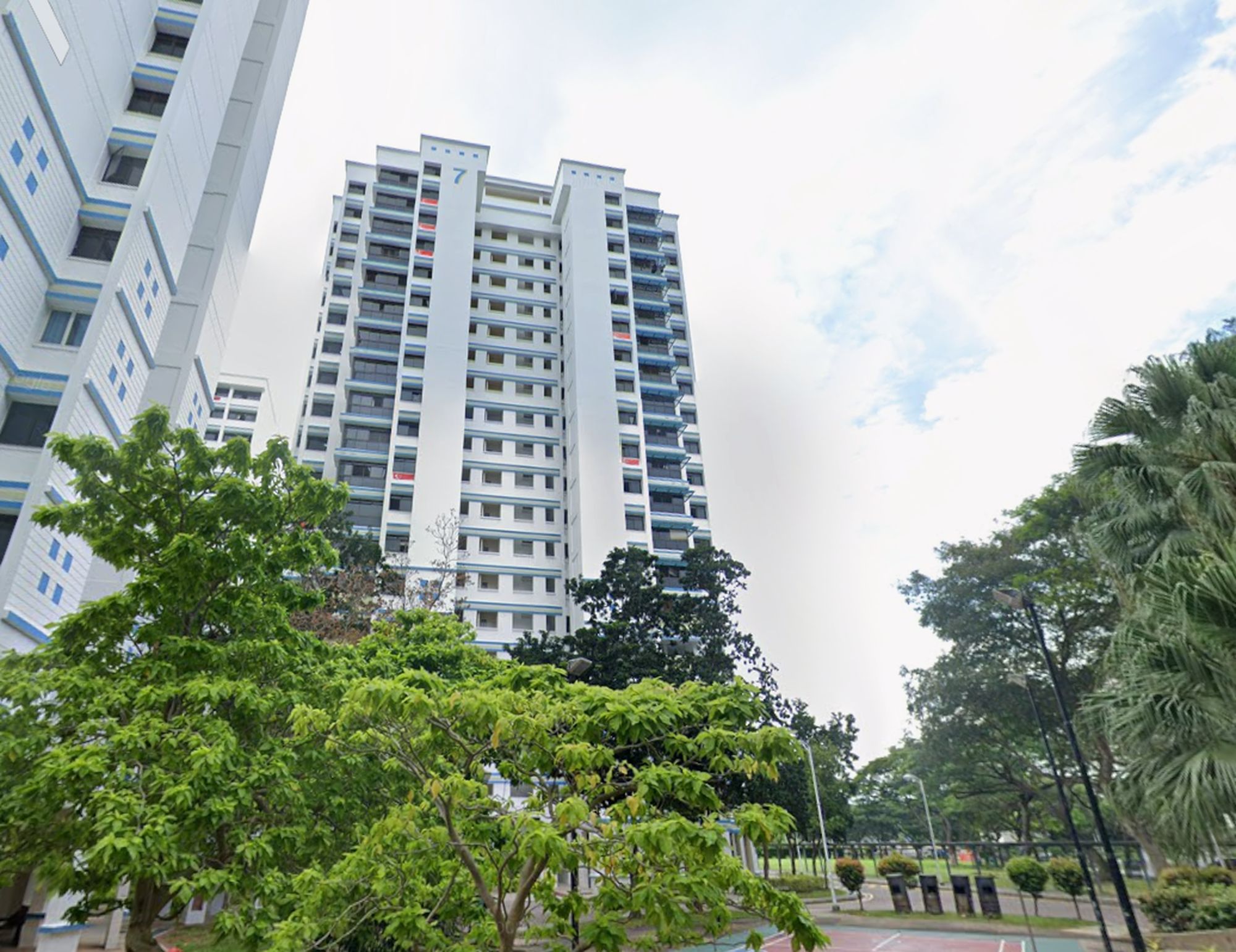
Singapore Property News This HDB Just Crossed $1.3M For The First Time — In An Unexpected Area

Singapore Property News “I Never Thought I’d Be Sued by a Tenant.” What Long-Time Landlords in Singapore Miss
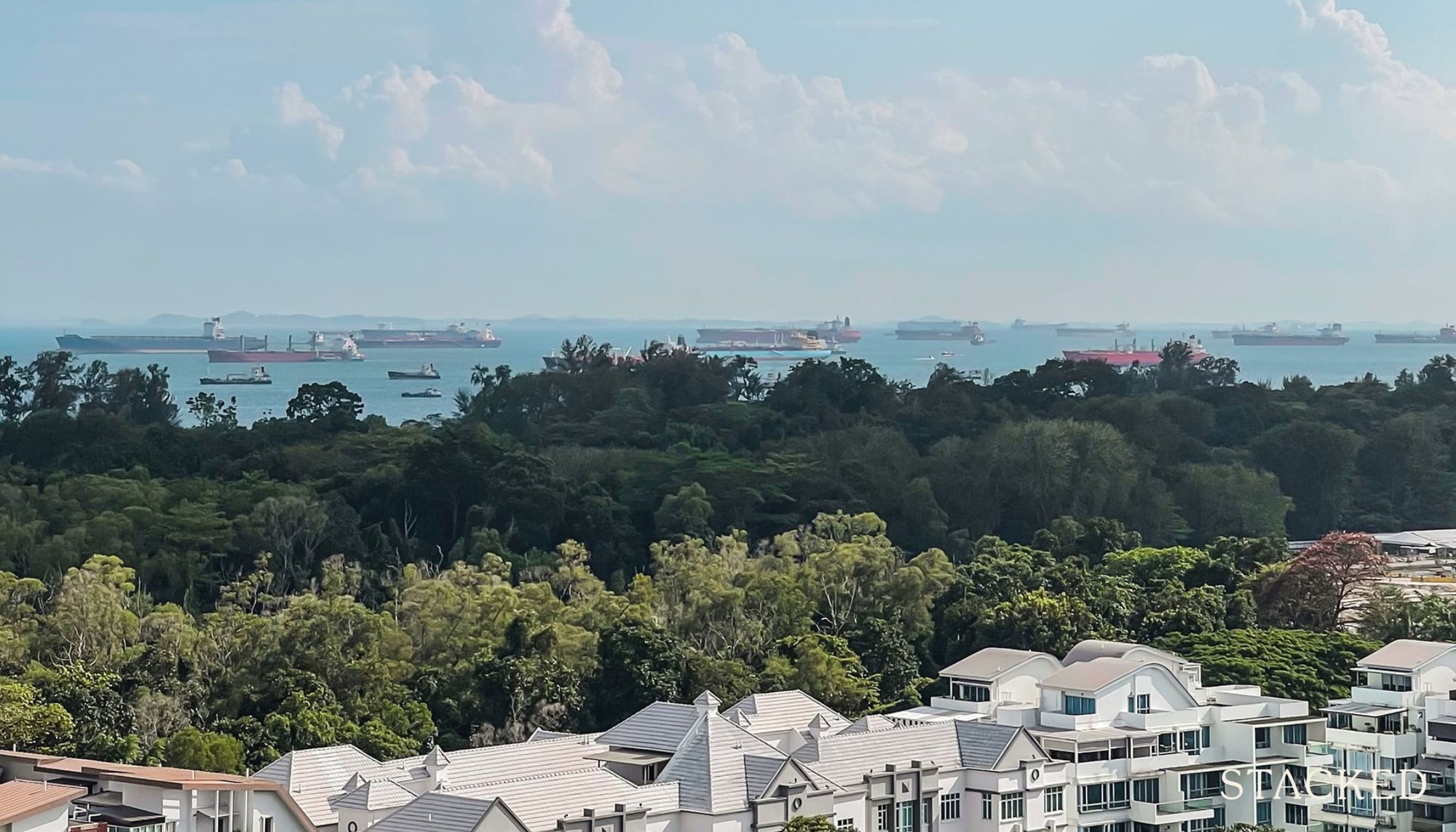
Property Market Commentary I Lived In Bayshore When It Was ‘Ulu’. Here’s How Much It Has Changed
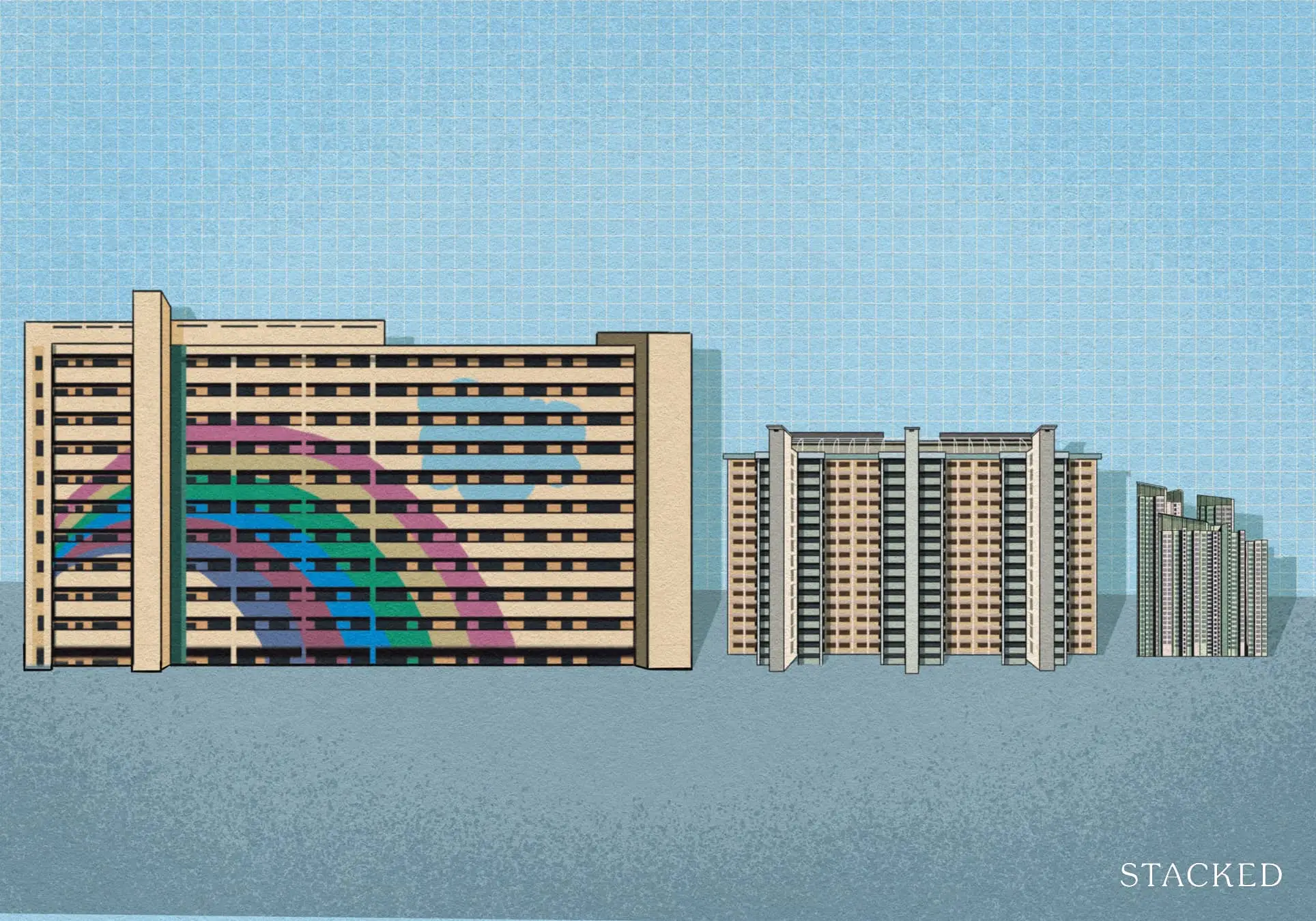
Singapore Property News HDB Resale Prices Finally Slowed in 2025 — Will It Continue in 2026?
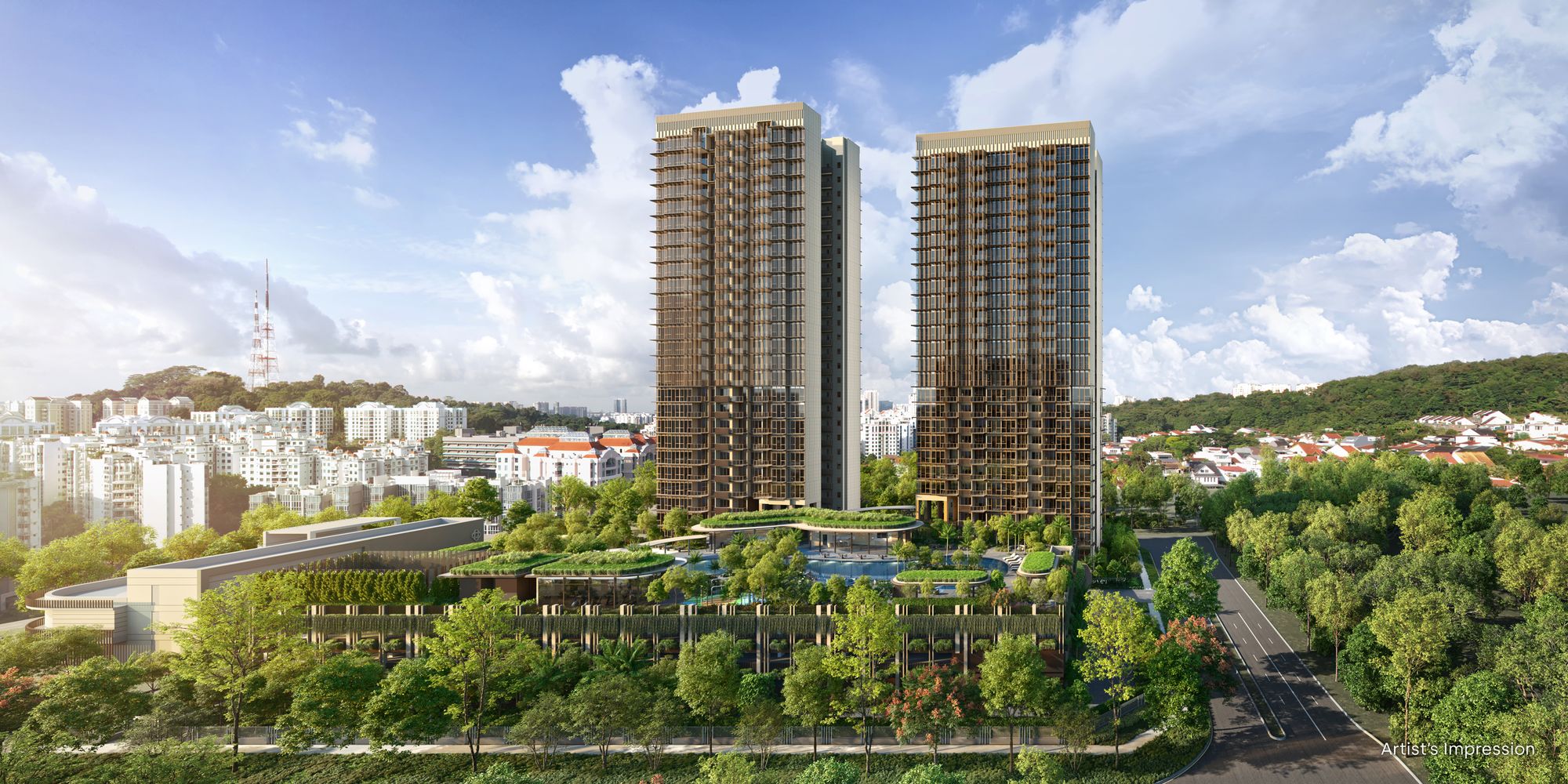
Singapore Property News Breaking News: District 23 Condo Sells Out In Under Two Years At $2,120 Psf Average
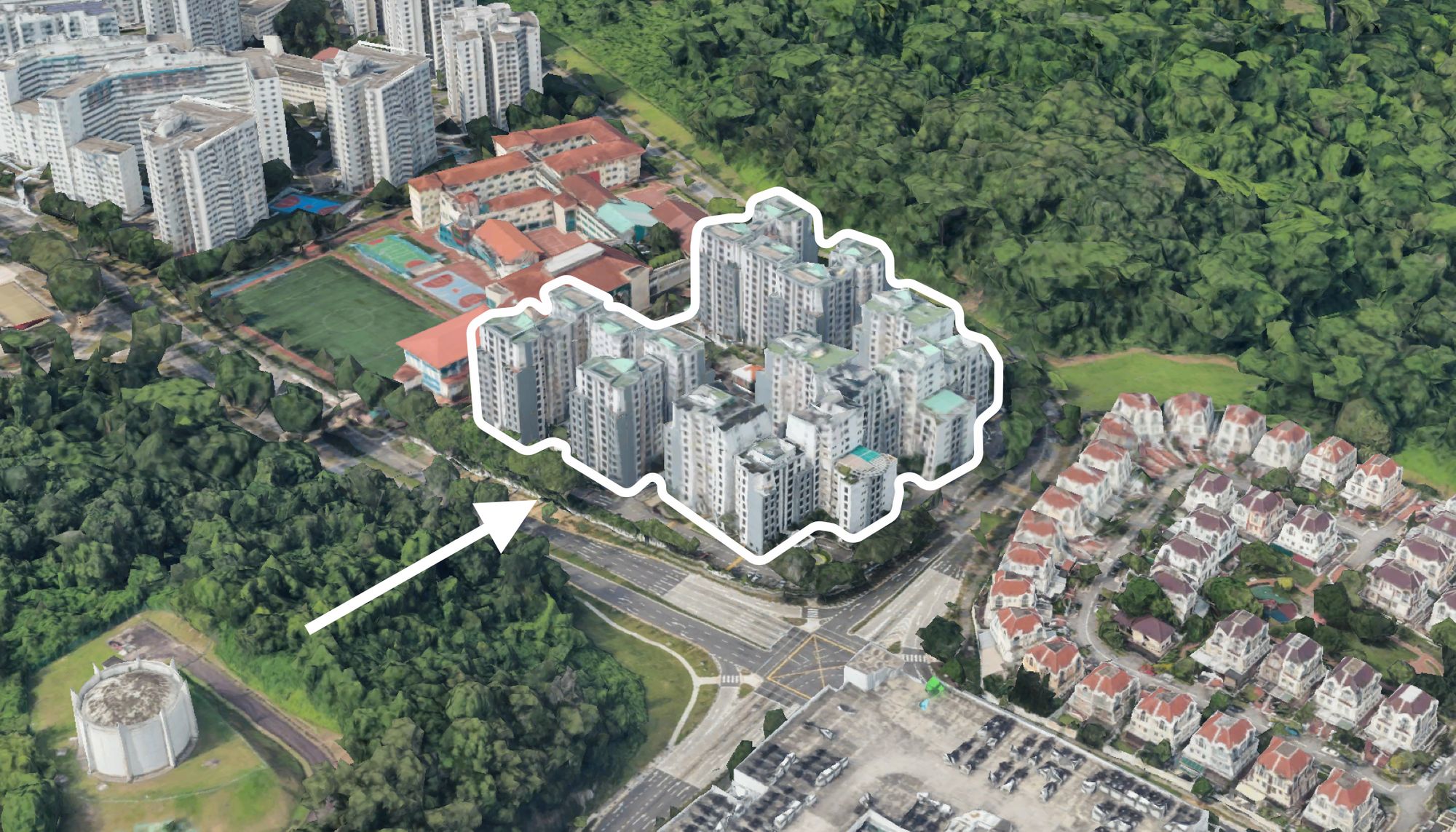
On The Market Here Are The Cheapest 3-Bedroom Condos in Central Singapore You Can Still Buy From $1.15M
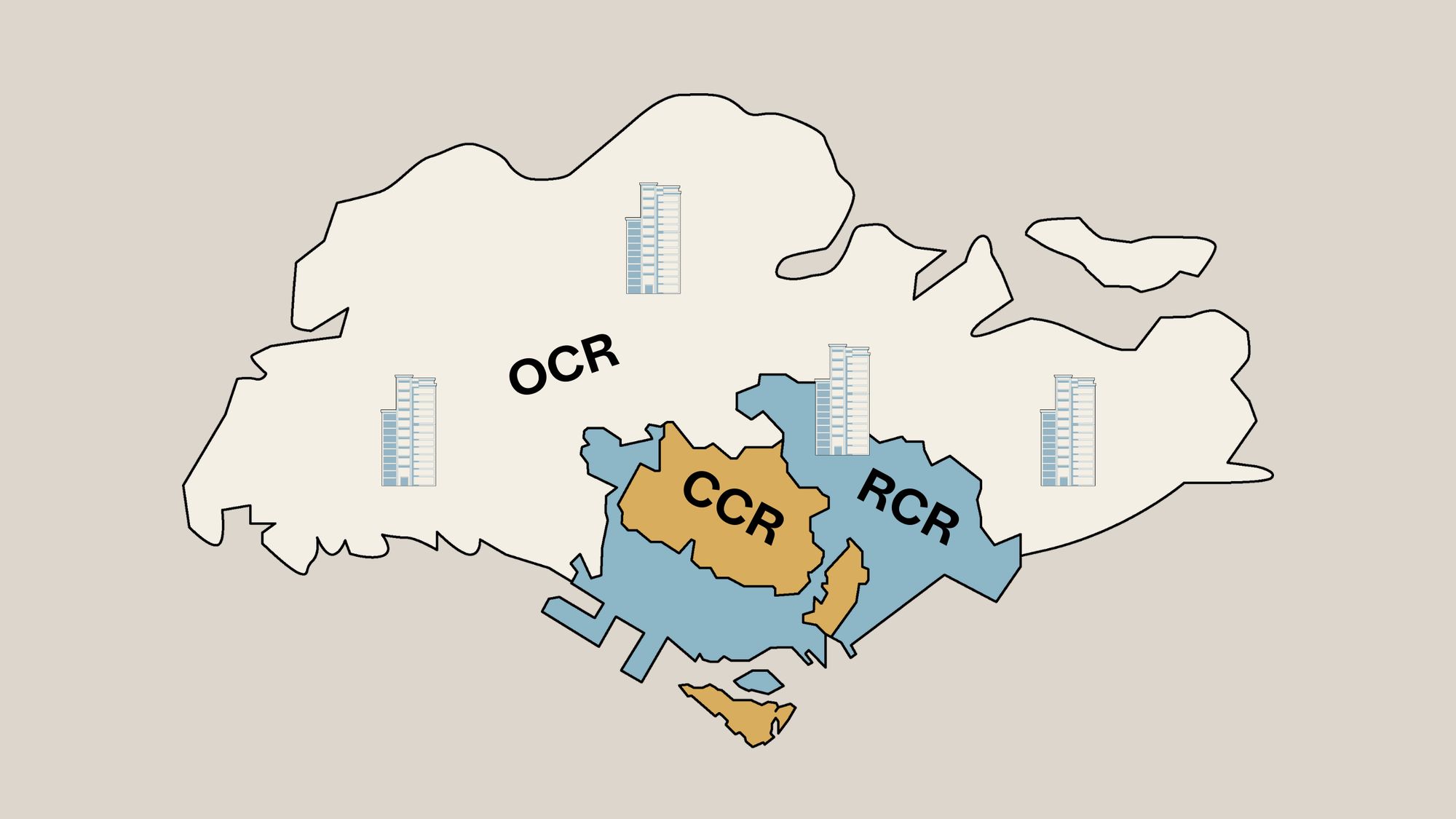
Property Market Commentary Why The Singapore Property Market Will Be Different In 2026 — And It’s Not Just About Prices
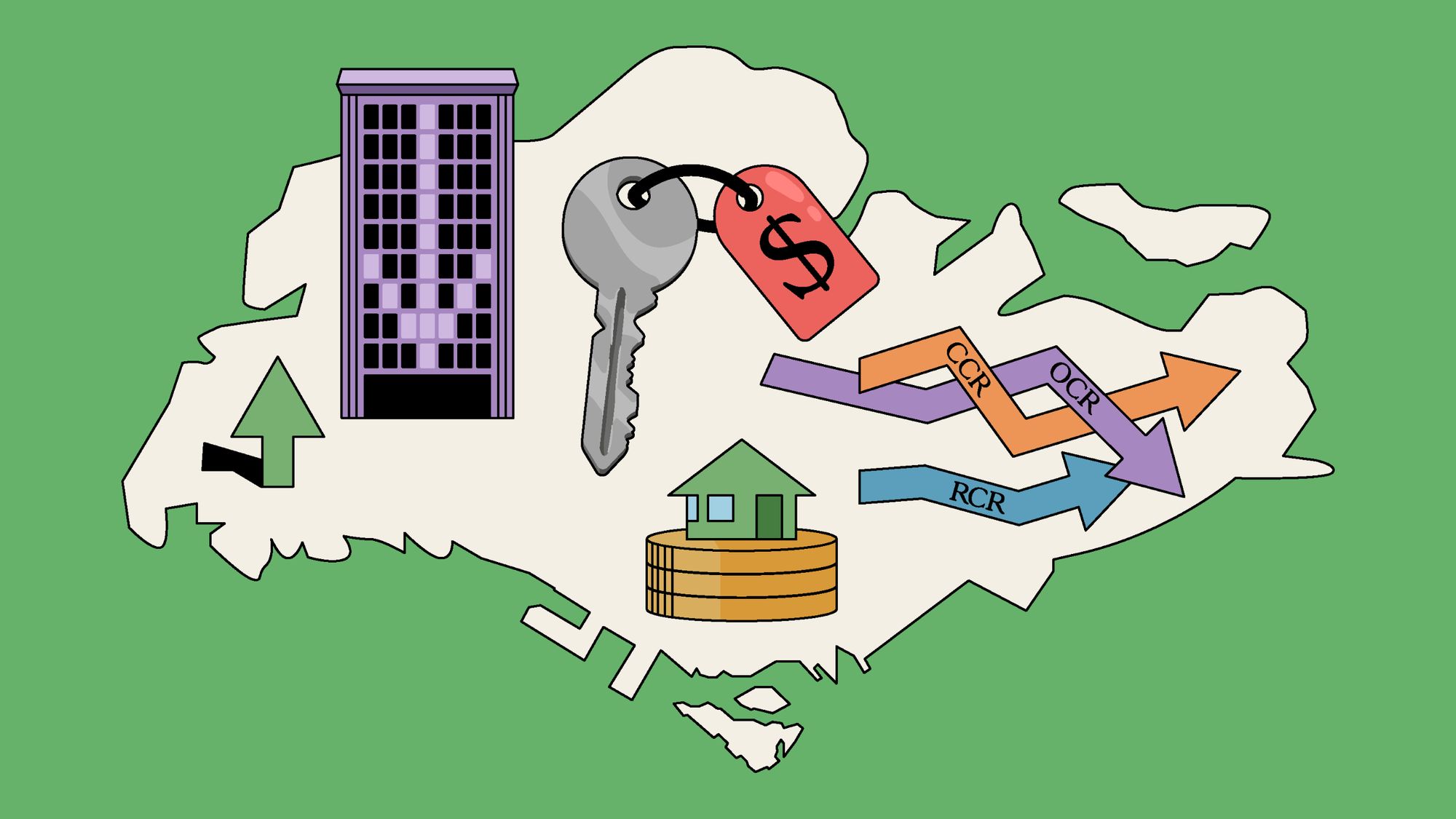
Editor's Pick 2025 Year-End Review Of The Singapore Property Market: What The Numbers Reveal
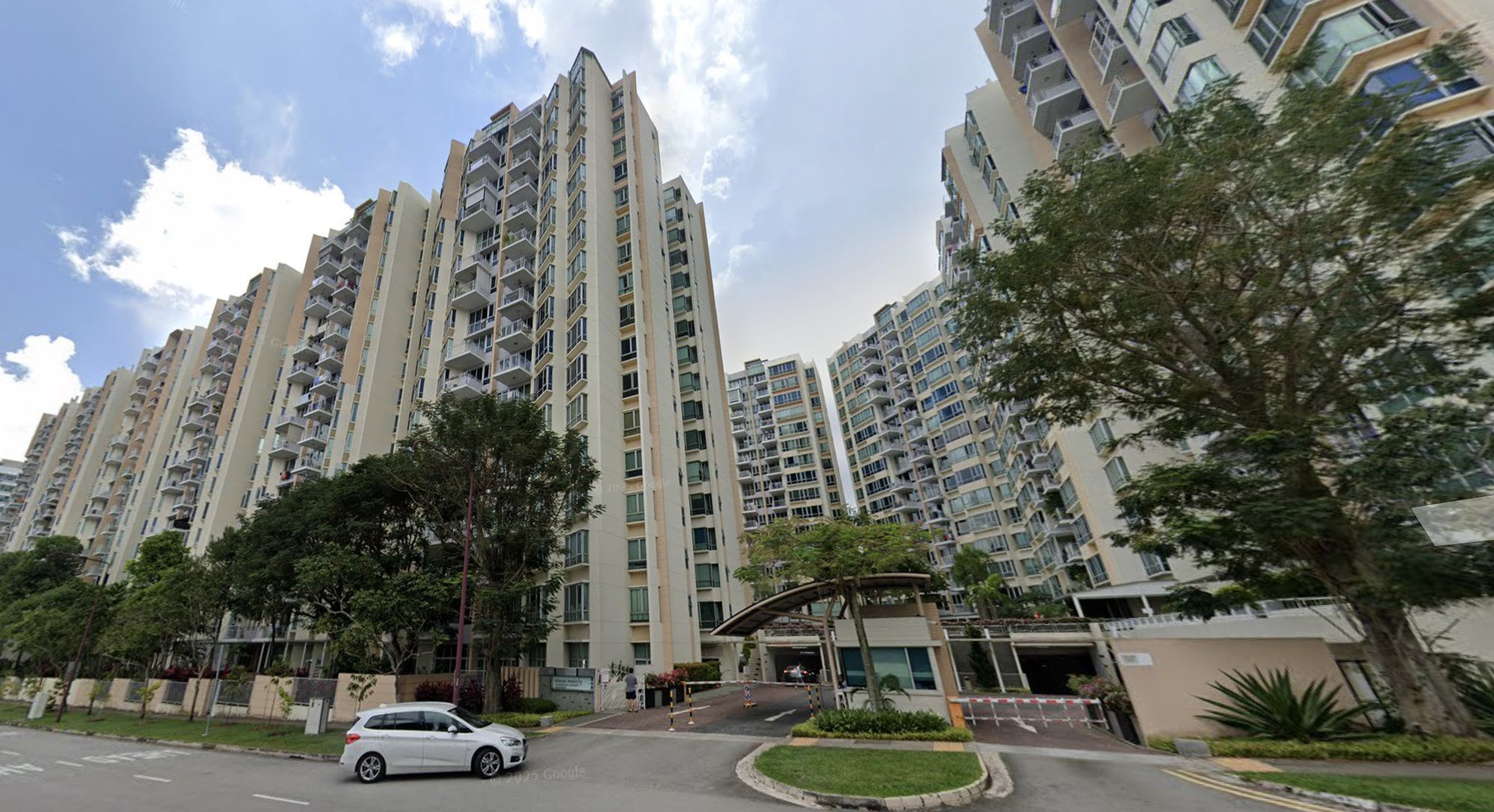
Pro This 21-Year-Old Condo Didn’t Sell Out Initially, Yet Became A Top Performer
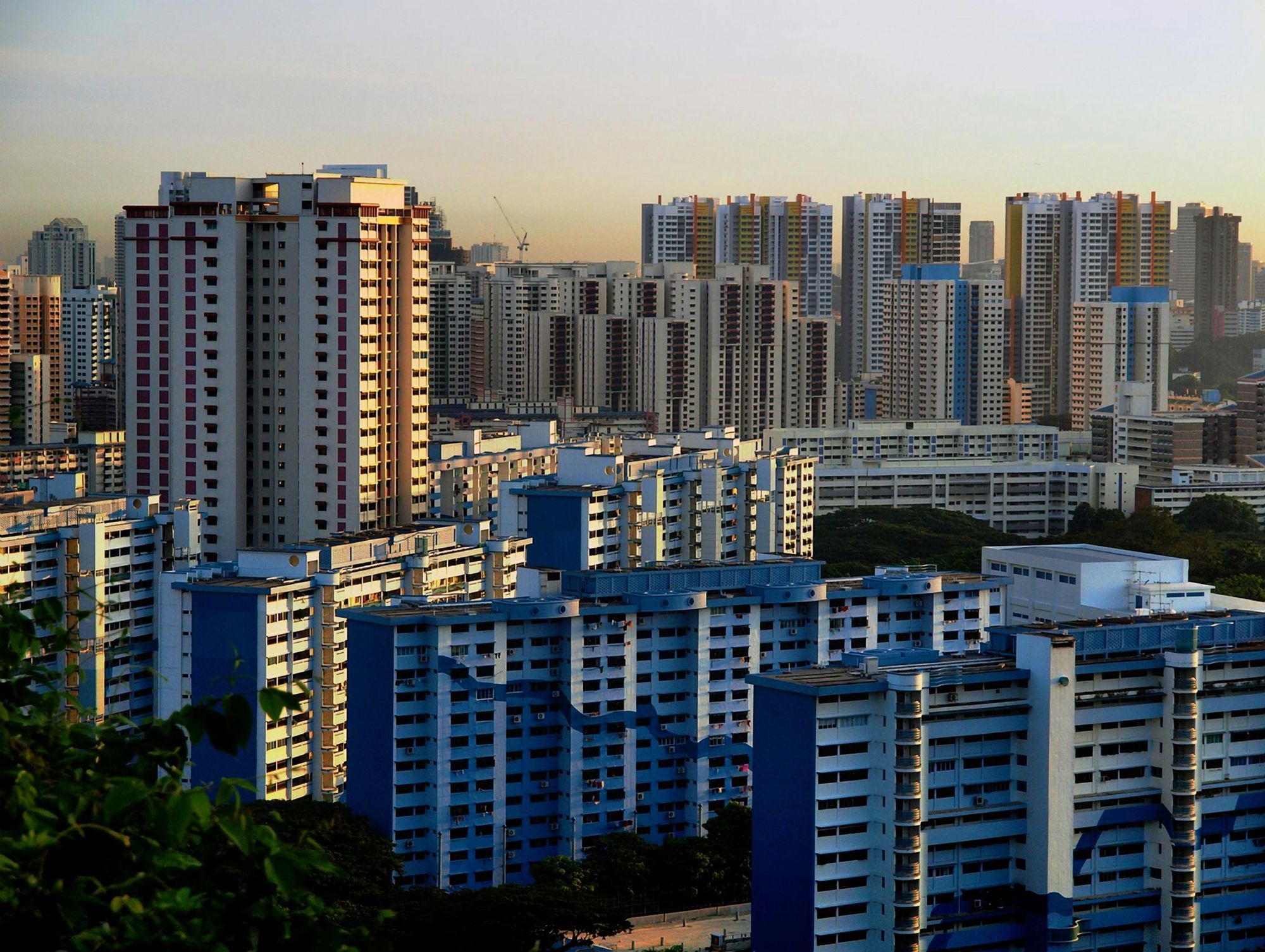
Editor's Pick How The HDB Resale Market Performed In 2025, And What It Means For 2026 Prices

Editor's Pick 4 Key Trends Reshaping Singapore’s New Launch Condo Market In 2026

Singapore Property News Why More Land Doesn’t Automatically Fix Housing In Singapore
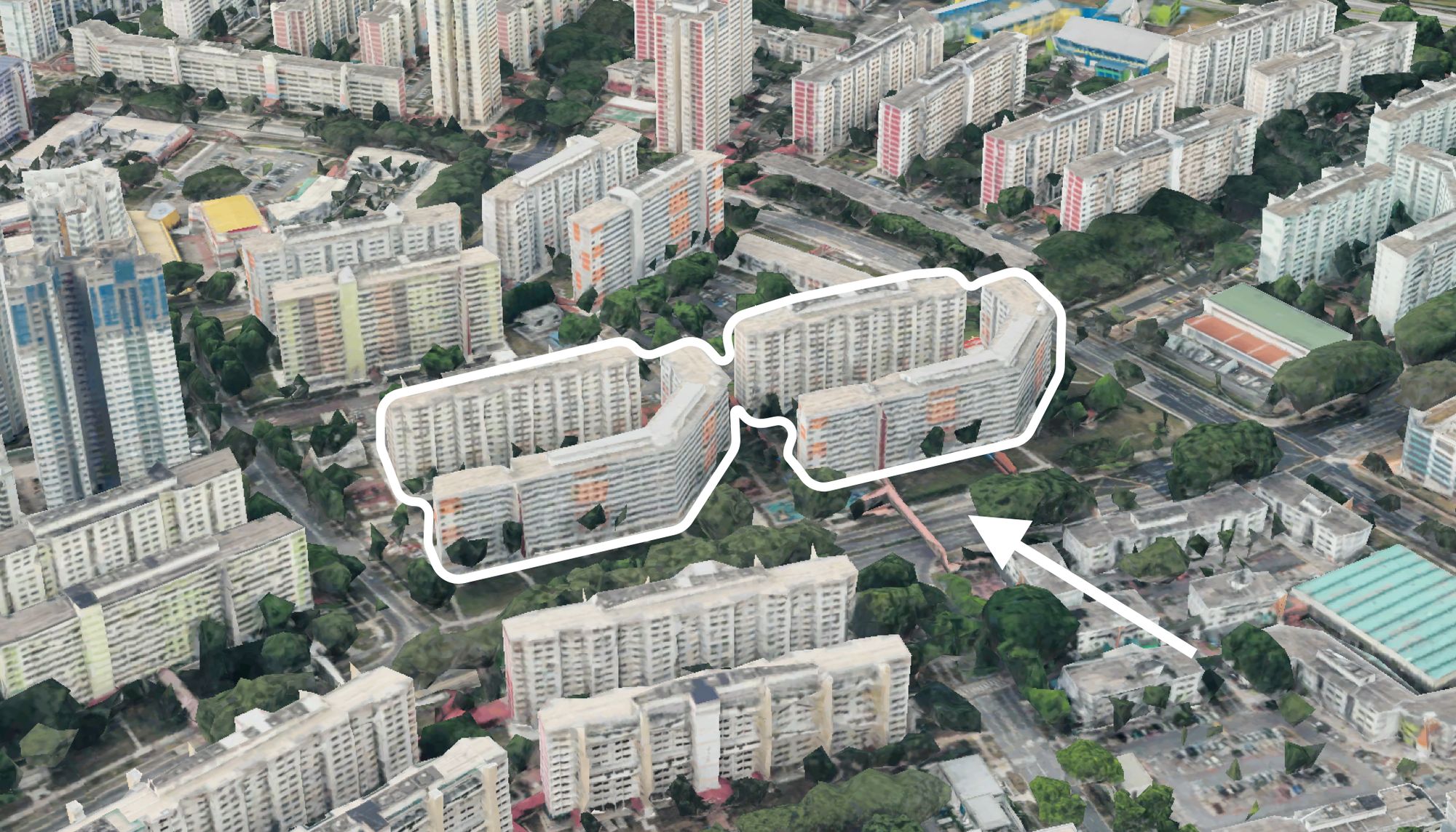
On The Market Here Are The Cheapest 4-Room HDB Flats in Central Singapore You Can Still Buy From $490K
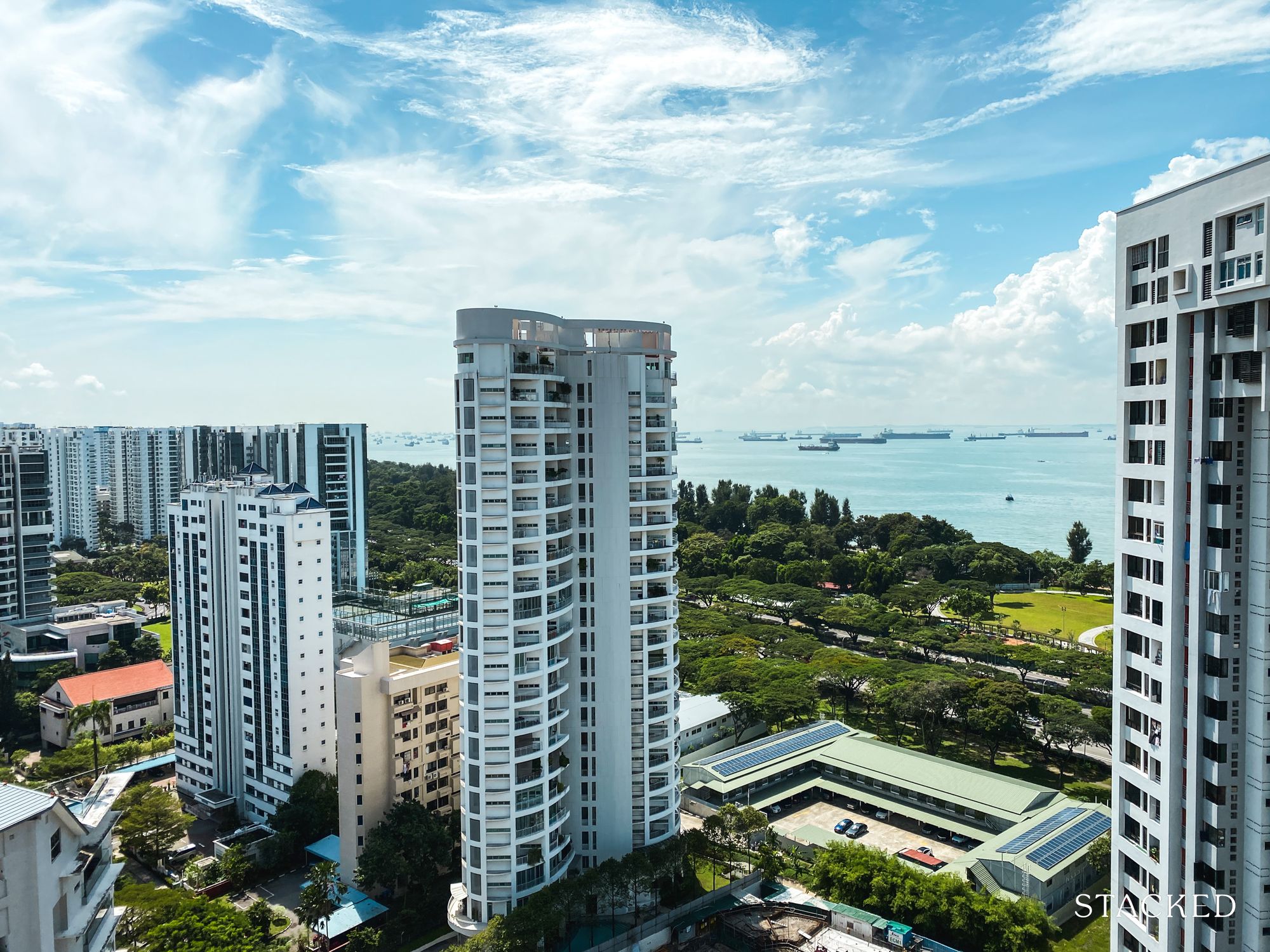
Editor's Pick Should We Buy An Old 99-Year Leasehold Condo To Live In: Will It’s Value Fall When The Lease Runs Out?
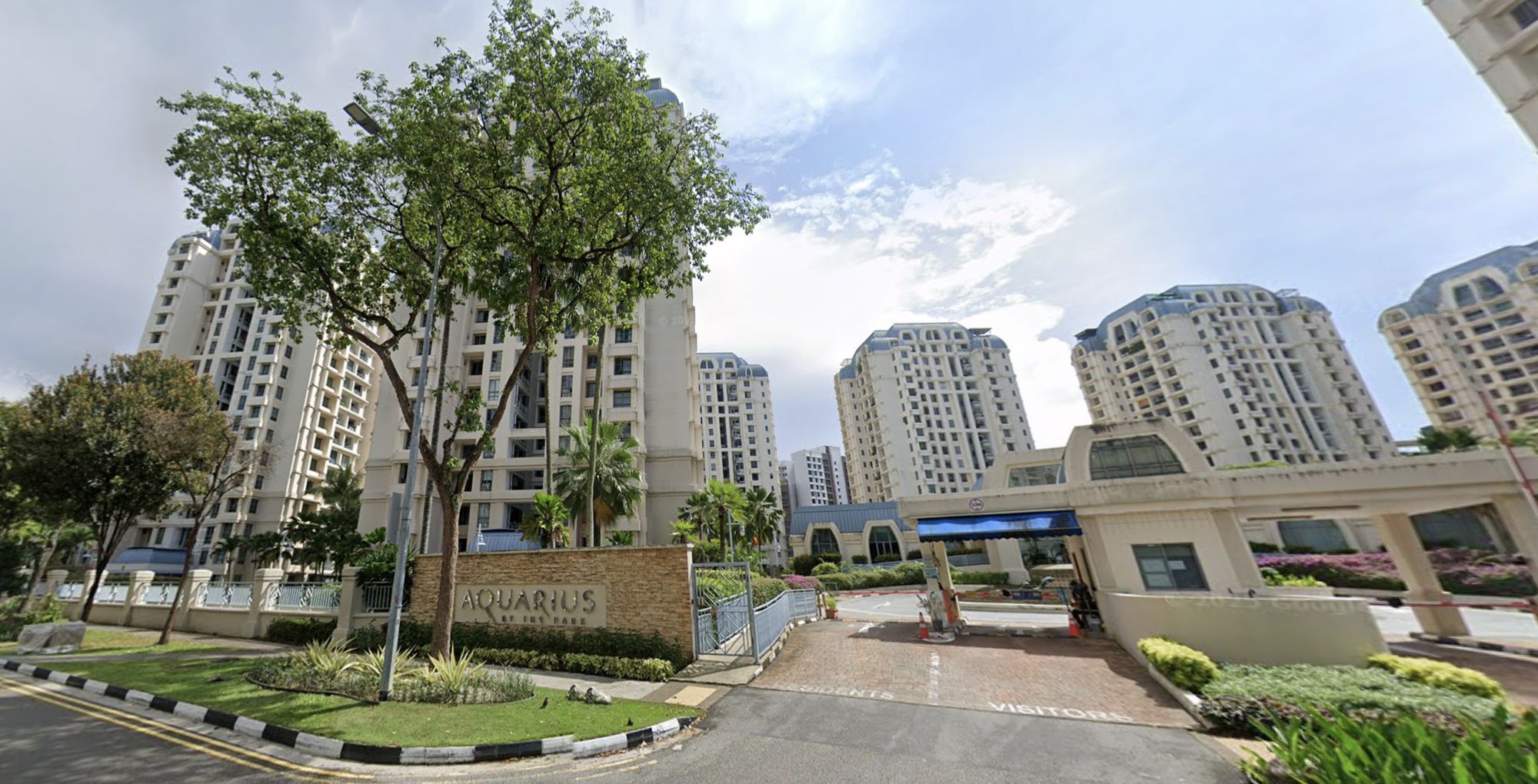
Pro How A Once “Ulu” Condo Launched In 1997 Became A Top Performer
